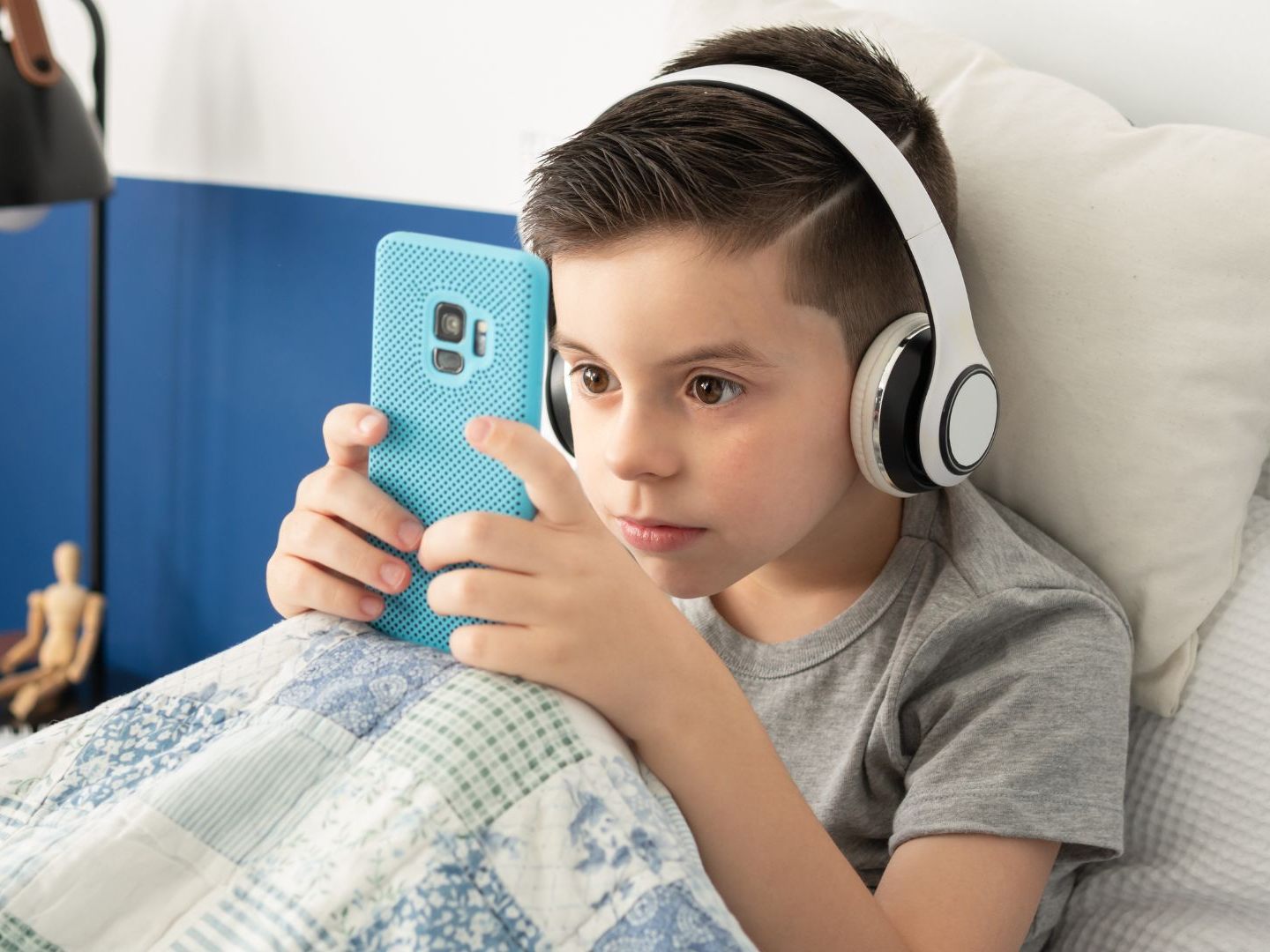Increasingly Online: Smartphone Boom Among Children

Children in Austria are receiving their own smartphones at an increasingly younger age: On average, they get their first phone at nine years old, according to the mobile provider "Drei." This was announced by Günter Lischka, a board member of the company, at a press conference on Friday in Vienna. The basis is a survey commissioned by "Drei" from the Marketmind institute among more than 1,000 parents of eight to fourteen-year-olds.
Safety on the way to school as the main argument for the first smartphone
Primarily, safety aspects and accessibility—especially on the way to school—are decisive for many parents for the early purchase of a phone. "By the age of 14, more or less every child has a smartphone," said Lischka. For comparison: today's 40-year-olds received their first mobile phone on average at ten years old.
At the same time, the topic is increasingly being discussed controversially, also in the context of mobile phone bans in schools. Many parents are concerned about excessive use, problematic content, and lack of privacy protection.
Excessive smartphone use: Parents often intervene
More than half of the surveyed parents actively take measures to protect their children on the phone: 51 percent limit screen time or app usage technically, 43 percent change privacy settings. About a quarter regularly checks browser histories and chats.
Nevertheless, many are concerned about potential risks: 73 percent cite violent content, pornography, or extremist content as the greatest danger, followed by bullying, privacy issues, and hidden additional costs through in-app purchases.
Psychotherapist Julia Dier emphasizes: “Even though true mobile phone addiction is not a mass phenomenon, we find problematic smartphone use in all age groups. The behavior of parents plays an important role as a role model.”
New advisory service aims to help
Due to the growing demand – according to Lischka, some parents are already inquiring about phones for four to six-year-olds – “Drei” has launched the “Safe” initiative. The new service “Child & Youth Protection Go” is now available in all shops across Austria. Employees assist in setting up child-friendly settings: from screen time limits to content filters and location queries.
A collaboration with the start-up “Ohana” complements the offer with a special child protection app. It focuses on educationally guided content instead of surveillance. Chats and browsing histories are not read – warnings are only issued for problematic websites. The app also offers special modes like learning or sleep time. A paid subscription is required for use.
(APA/Red)
This article has been automatically translated, read the original article here.





